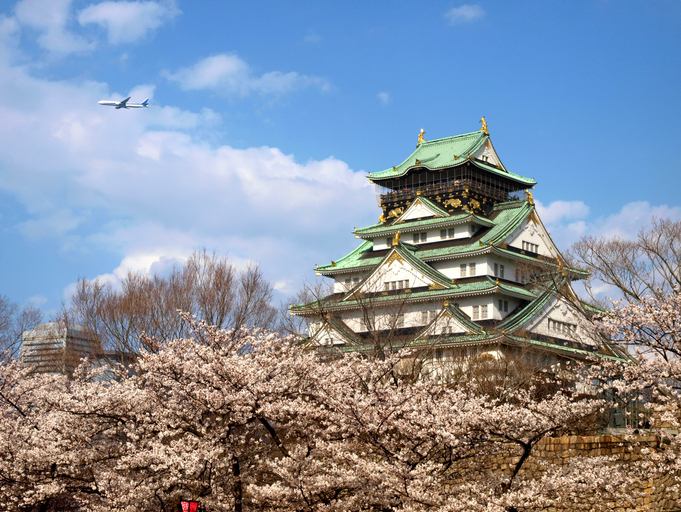
Talks are expected to resume, and all of the issues remain on the table.
President Donald Trump is shortly flying to Japan to represent the United States at a G20 summit. While there he’ll meet with Chinese leader Xi Jinping on the gathering’s sidelines to restart trade talks, dormant since the White House accused China of backsliding from already negotiated commitments.
The stakes are appropriately high. These are bilateral talks between the world’s largest economies, after all, and securing a better deal for American industry than what his predecessors could achieve was one of Trump’s most emblematic 2016 campaign promises. Whether he’s successful will surely affect his 2020 reelection.
His administration was right to push back against China’s unfair trade practices. China for years has used these tools to benefit its homegrown industries over those of other nations, but previous White Houses and the multilateral approach they endorsed did very little to curtail them.
Now at least the parties have come to the table, even if they are temporarily standing away from it. The image of a tough negotiator that Trump cultivated for years – from The Art of the Deal to the Celebrity Apprentice to McDonald's commercials – has been buoyed by some real-world heft: Thanks in part to a forceful negotiating strategy led by U.S. Trade Representative Robert Lighthizer and billions of dollars of tariffs raised on Chinese imports (not to mention the justified threat of billions more), the Trump administration has Beijing’s attention.
But we still don’t have a deal, and Trump doesn’t seem any closer to get us a good one. This agreement must rebalance a lopsided bilateral trade relationship, grant the U.S. industrial base the time to recover lost ground, immediately halt state-sponsored intellectual property theft, and address persistent overcapacity in export-oriented Chinese industries.
Few of us think about the impact of these Chinese policies on our nation. But it’s time to tune in.
Take, for example, the overcapacity that has settled over the global steel market. Despite the stability that a year of tariffs brought to the American steel industry and the significant capital investments it was able to make in that time, cratering prices still brought a blast furnace at the largest mill in America offline last weekend and introduced economic uncertainty to hundreds of steelworkers there. Steel is a commodity whose price is set in the international market. Those cratering prices lead back to the Chinese steel industry, which is largely state-owned, produces more than half the world’s steel and continues to increase output each year. It’s going to take more than tariffs to create a level playing field in global steel.
So what does that mean for President Trump at the G20?
It means no narrow deals. No “settling for soybeans,” or other bulk purchases of American goods. That may be China’s goal – to assuage the president by affording him a big sale in an election run-up – but Trump’s must be to address the many irritants that distort Chinese trade, among them: the practice of currency manipulation it holds in reserve, the role of state-owned enterprises, the forced technology transfer China demands from foreign firms in exchange for market access, the industrial overcapacity the Chinese state encourages, and the near absence of Chinese labor rights and environmental rules.
It’s a tall order. And of course, it’s not all: Any deal the Trump administration wishes to call a success will have to include clear enforcement mechanisms so that China doesn’t renege after the deal is sealed.
None of this is going to happen this week, of course. This meeting between Trump and Xi in Japan is a formality, bringing to end preliminary discussions between Ambassador Lighthizer and his Chinese counterpart. The president’s goal at the G20 is to formally sit back down to the table with China.
But the president is running out of time. His tariffs on Chinese imports provided us with some bargaining leverage, but the structural causes of the economic imbalance remain intact. For a president who promised a great change on trade with China, that’s a real liability.
